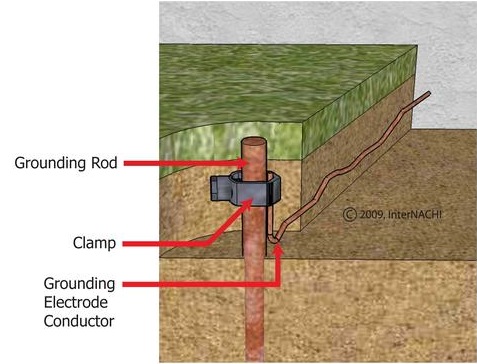I’m boldly planning to separate my large field into smaller paddocks using electric fencing. I only feel that this is bold because I have previously tried and failed to set up paddocks using electric tape. I just couldn’t figure out how to actually electrify the tape. I did manage to shock myself (not on the tape) several times in the process so at least I know it was powered on.
Anyways, I’m starting from scratch at a new barn and an older, more mature version of myself who will turn to the experts on COTH before I try again.
What equipment should I buy? And any thoughts on where I probably went wrong last time? I imagine it was not grounded but couldn’t figure out how to do that.
Thanks in advance for the help!


